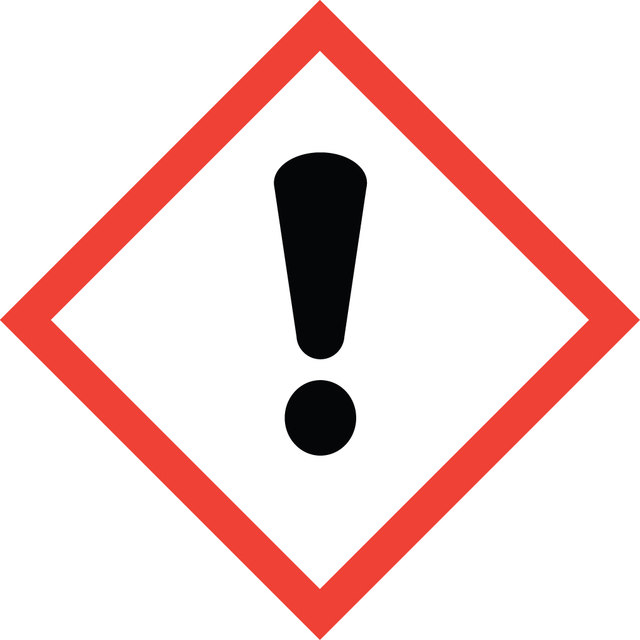Select a Size
About This Item
Product Name
Tpl2 Kinase Inhibitor, The Tpl2 Kinase Inhibitor, also referenced under CAS 871307-18-5, controls the biological activity of Tpl2 Kinase. This small molecule/inhibitor is primarily used for Phosphorylation & Dephosphorylation applications.
SMILES string
Fc1c(cc(cc1)Nc2c3c(ncc2C#N)cnc(c3)NCc4cnccc4)Cl
InChI
1S/C21H14ClFN6/c22-17-6-15(3-4-18(17)23)29-21-14(8-24)11-26-19-12-28-20(7-16(19)21)27-10-13-2-1-5-25-9-13/h1-7,9,11-12H,10H2,(H,26,29)(H,27,28)
InChI key
NMEUKWOOQOHUNA-UHFFFAOYSA-N
assay
≥95% (HPLC)
form
solid
manufacturer/tradename
Calbiochem®
storage condition
OK to freeze
protect from light
color
yellow
solubility
DMSO: 10 mg/mL
shipped in
ambient
storage temp.
−20°C
Quality Level
Related Categories
Biochem/physiol Actions
Tpl2 Kinase
Disclaimer
General description
Other Notes
Packaging
Preparation Note
Legal Information
signalword
Warning
hcodes
Hazard Classifications
Eye Irrit. 2 - Skin Irrit. 2
Storage Class
11 - Combustible Solids
wgk
WGK 2
Certificates of Analysis (COA)
Search for Certificates of Analysis (COA) by entering the products Lot/Batch Number. Lot and Batch Numbers can be found on a product’s label following the words ‘Lot’ or ‘Batch’.
Already Own This Product?
Find documentation for the products that you have recently purchased in the Document Library.
Related Content
"Toll-like Receptors (TLRs) are transmembrane proteins that are expressed on various immune cells. The extracellular N-terminal region of TLRs recognizes specific pathogen components. At least 13 different members of TLR family have been identified that detect different pathogen associated molecular patterns (PAMPs), including lipopolysaccharides, flagellin, bacterial CpG DNA, and viral RNA and DNA. Recognition of PAMPs by TLRs is considered as a key process for the induction of an inflammatory response."
Human Kinome Poster: The InhibitorSelect™ Protein Kinase Inhibitor Libraries provide broad coverage of the human kinome as shown here. The depicted human kinome dendrogram of 518 kinases are classified into five broad groups, 90 families, and 145 subfamilies. Inhibitor coverage was assigned based upon published data related to potency (IC50, EC50, Kd, etc.) for individual kinases harvested from the literature. Colored dots denote which library contains an inhibitor with demonstrated potent activity against the designated kinase and do not necessarily reflect known specificity of the inhibitor. Coverage of lipid and atypical kinases are depicted as a separate dendrogram. As shown, Calbiochem® Protein Kinase Inhibitor Libraries cover all major kinase families including TK, CMGC, CAMK, AGC, CK1, STE, TKL, as well as Lipid or Atypical kinase families.
Our team of scientists has experience in all areas of research including Life Science, Material Science, Chemical Synthesis, Chromatography, Analytical and many others.
Contact Technical Service